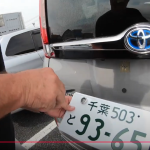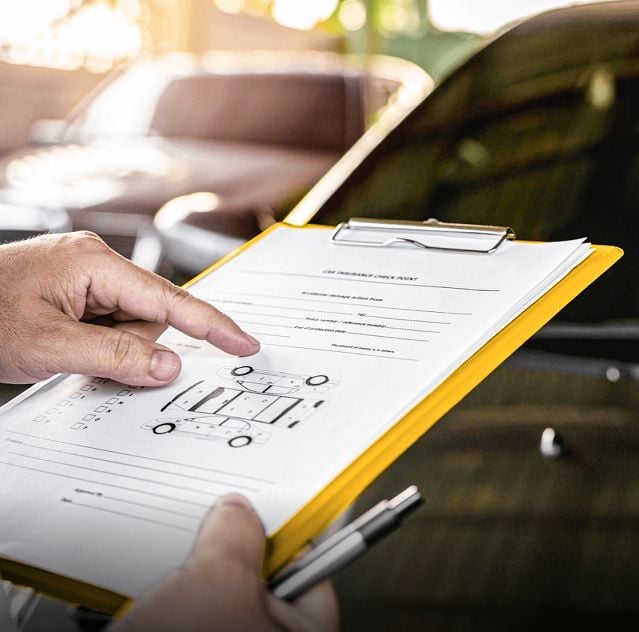

JDM Import Laws Explained
What You Can and Can’t Bring Into Your Country
JDM cars are more popular than ever. From Nissan Skylines to Toyota Chasers, the demand for clean, well-kept Japanese Domestic Market vehicles is booming worldwide. But before you buy one, you need to know the rules. JDM import laws vary greatly by country. And if you get it wrong, you could lose time, money, or worse—have your car seized. In this guide, we’ll explain what you can and can’t legally import into your country, based on your region’s rules. We’ll cover key countries, answer real buyer questions, and help you avoid common mistakes. Let’s break it down clearly.
What is a JDM Car?
JDM stands for Japanese Domestic Market. These are vehicles originally built for use in Japan, not for export. They include special editions, right-hand-drive models, and performance variants not sold in other markets. Think R34 Skyline GT-R, Honda Beat, or Subaru Sambar. Because they’re made for Japan, they often have low mileage, better condition, and unique features. But that also means they may not comply with other countries’ import laws—especially emissions and safety regulations.
Why Import JDM Cars?
- Rare models not available locally
- Better condition due to Japan’s strict inspections
- Unique styling and performance
- Strong resale value in enthusiast markets
- Cheaper than domestic equivalents in many cases
But with those advantages come legal challenges. Let’s look at what’s allowed in different regions.
USA: The 25-Year Rule
The U.S. has one of the strictest import policies. The key law is the 25-Year Rule. Here’s how it works:
- Any vehicle not originally sold in the U.S. must be 25 years old to import legally for road use
- The 25 years starts from the month of manufacture
- This rule bypasses EPA and DOT compliance
Example: You can import a 1999 Nissan Silvia S15 in 2024. But not a 2000 model. Earlier cars like the R32 Skyline, Toyota Soarer, or Mitsubishi GTO are already legal. Many buyers store upcoming models in bonded warehouses until they qualify. Off-road and show use exemptions exist but are complex.
Canada: The 15-Year Rule
Canada has a more flexible policy. Their rule is simple:
- Any vehicle over 15 years old is exempt from most compliance laws
- Calculated from month and year of manufacture
- Right-hand-drive is legal on public roads
This makes Canada a hotspot for JDM enthusiasts. You’ll see Kei trucks, Toyota Crowns, and Honda Integra Type Rs regularly. But each province may have its own registration rules. Quebec and Ontario are known to be stricter. Confirm local requirements before you import.

Australia: SEVS and RAWS
Australia uses two systems:
- SEVS (Specialist and Enthusiast Vehicle Scheme)
- RAWS (Registered Automotive Workshop Scheme)
Key rules include:
- Car must be on the SEVS eligibility list to import
- Vehicles must be approved by a licensed workshop under RAWS
- Modifications may be required to meet ADR (Australian Design Rules)
Popular JDM imports include Nissan Elgrand, Toyota HiAce, and Subaru Forester STI. Importers often handle the compliance process, but costs can add up. DIY importing is possible but complicated.
UK: Age-Based Rules + IVA
The UK allows imports under two systems:
- Vehicles over 10 years old: minimal restrictions
- Vehicles under 10 years: must pass IVA (Individual Vehicle Approval)
Right-hand-drive cars are legal. Most JDM imports pass MOT testing easily, but IVA can be strict. Expect to change lighting, mirrors, and sometimes tires. Classic JDM cars are thriving in the UK—especially turbocharged and AWD models.
New Zealand: The Most JDM-Friendly
New Zealand is a JDM paradise. Key points:
- JDM imports are common and widely accepted
- Used cars must meet frontal impact and emissions rules
- Vehicles under 20 years require compliance checks
- Over 20 years old? Much easier to register
Kei vans, Skylines, Toyota Crowns, and diesel SUVs are everywhere. Importing is easy, but use an agent to handle paperwork.
UAE & Middle East: Focus on Luxury & SUVs
In the UAE, there’s high demand for:
- Luxury sedans
- SUVs like the Toyota Land Cruiser
- Vans and utility vehicles
Key rules:
- Right-hand-drive is allowed in some cases, but LHD preferred
- Customs duties apply (usually 5%)
- Must meet Gulf Cooperation Council (GCC) specs if registering
Most buyers in this region focus on condition and reliability. Japanese cars score high on both.
Other Countries: Know Your Market
Every country has different rules. Some allow personal imports. Others require emissions or crash testing. Some demand proof of ownership, while others inspect odometers. Always check with your local transport authority.
Real Buyer Questions Answered
Q: Can I import a car under 25 years old to the U.S. if I swap the engine?
No. Engine swaps don’t exempt you from DOT or EPA compliance. The entire vehicle must meet standards.
Q: Do I have to change the speedometer to MPH?
Not always. In Canada and the UK, it’s allowed to keep km/h. In the U.S., some states require MPH labeling.
Q: What if my car doesn’t pass emissions?
If your country has emissions testing, check if the JDM model has an equivalent local version. If not, you may need modifications—or it may not be registrable.

Top Tips for Legal JDM Imports
- Always check your country’s age restriction
- Use an experienced agent who knows the paperwork
- Verify VIN, engine number, and emissions data in advance
- Ask for translated auction sheets
- Buy from trusted exporters like USS-NINJA.com
Community Voices
“I imported a Toyota Century to the U.S. through a bonded warehouse. The 25-year rule seemed like a pain, but once it cleared, I got more attention at car meets than Lambos.” – Mark T.
“Here in Canada, we love JDM cars. I’ve brought in four so far. The process was easy once I figured out the 15-year rule and found a good exporter.” – Dave M.
“Australia’s SEVS scheme is a bit complex, but totally worth it. I got a 2010 Elgrand that puts most modern SUVs to shame.” – Alicia R.
“In the UK, I didn’t need much. Just swapped the headlights and it passed MOT. Now I daily drive a rare JDM Forester STI!” – Ben W.
Why Use USS-NINJA.com?
We make legal imports simple. At USS-NINJA.com, we provide:
- Real-time access to Japan’s largest auctions
- Translated auction sheets and vehicle history
- Inspection support and export documentation
- Step-by-step help based on your country’s laws
Whether you’re in the U.S., Australia, the UK, or the UAE—we’ve got you covered.
Summary: What You Can and Can’t Import
- USA: 25-year-old vehicles only (road legal)
- Canada: 15-year rule, easy registration
- Australia: SEVS-listed only, workshop compliance
- UK: IVA required under 10 years, easy above 10
- New Zealand: Very import-friendly with few barriers
- UAE: Focus on left-hand-drive, luxury, and clean history
When in doubt, age is your safest bet. Most countries allow classic JDM imports with minimal fuss.
Frequently Asked Questions (FAQ)
Q: What does “compliance” mean when importing?
Compliance refers to making sure the car meets your country’s legal standards—like lighting, emissions, or safety equipment.
Q: Are Kei cars legal to import?
Yes, if they meet age requirements or emissions standards. In Canada and the U.S., 15 or 25 years old is the key.
Q: What’s the best JDM car to import first?
Start with something simple and road legal. Toyota Crown, Nissan Cedric, or a Subaru Legacy are good options.
Q: Can I import a JDM car for track use only?
In some countries, yes. But the car must be registered as off-road or non-highway use. Rules vary.
Q: How long does shipping take?
Typically 3–8 weeks depending on your port and ship schedule.
Q: What’s the total cost of importing?
Cost depends on the car price, shipping, duties, and compliance. A $5,000 car could cost $8,000–$10,000 landed.
Q: What happens if I import an illegal car?
Authorities may seize and destroy it. Always check laws first.
Q: Where do I start?
Begin by browsing real auction listings on ussninja.com and contact a qualified export agent.
Table of Contents
Add a comment Cancel reply
Categories
- Auto Detailing (6)
- Car News (61)
- Car Reviews (50)
- Classic Cars (26)
- Importing Rules By Country (9)
- Japan Car Auctions (14)
- JDM (21)
- News (4)
- Uncategorized (31)
Recent Posts
About us

I am not one for writing articles actually so most of these articles come from contributors that I have met over the years or with a little help of supporters.
If you have any desire to import a car from Japan or simply need some advice get in touch via Whatsapp here at +81-90-5400-6384
Looking For That Special Car Has Never Been Easier.
Finding the right car in Japan is not always easy and finding the best partner in Japan to help you with this is sometimes even harder.
With over 25 years buying history and great contacts all over Japan I can help you in every way.
Get hold of me today!
Popular Tags
Related posts


Japanese Kei Cars Explained


Rules for Importing Cars from Japan into France 2025


Rules for Importing Cars from Japan into The USA







